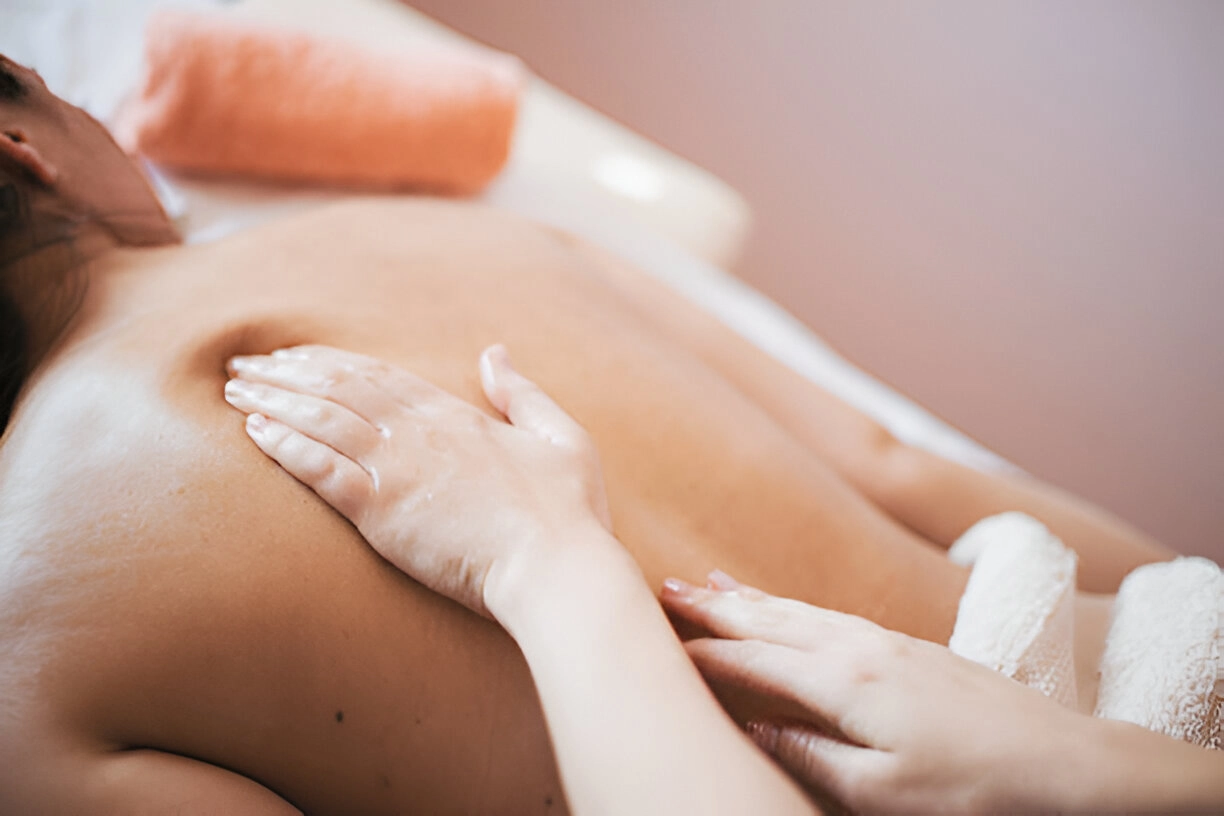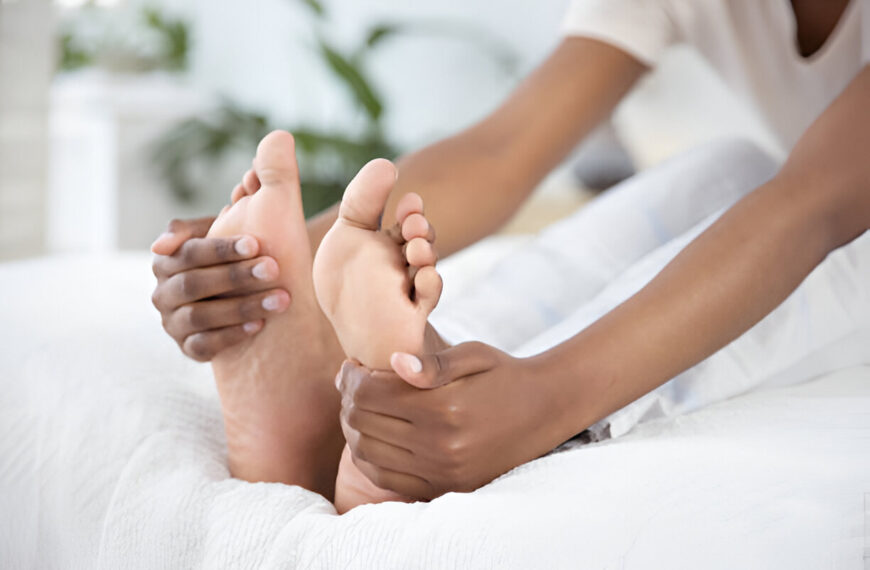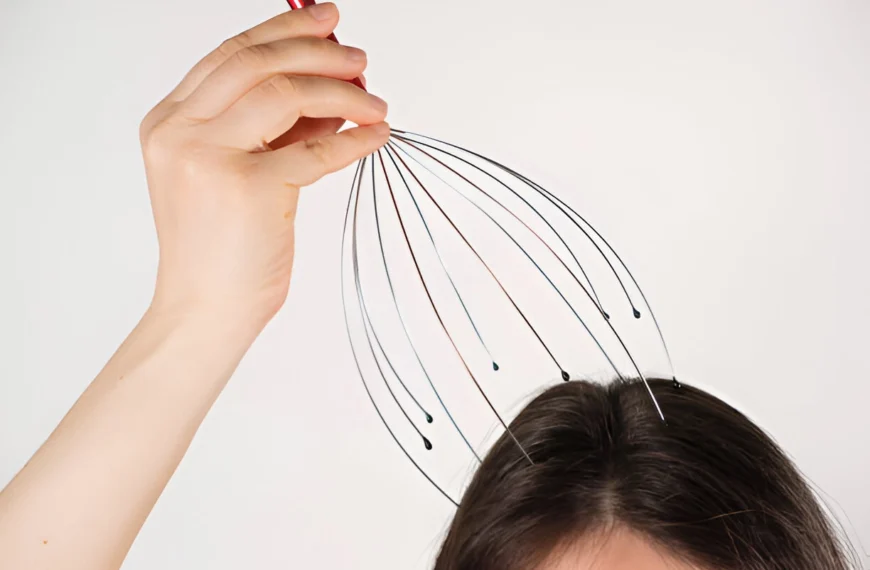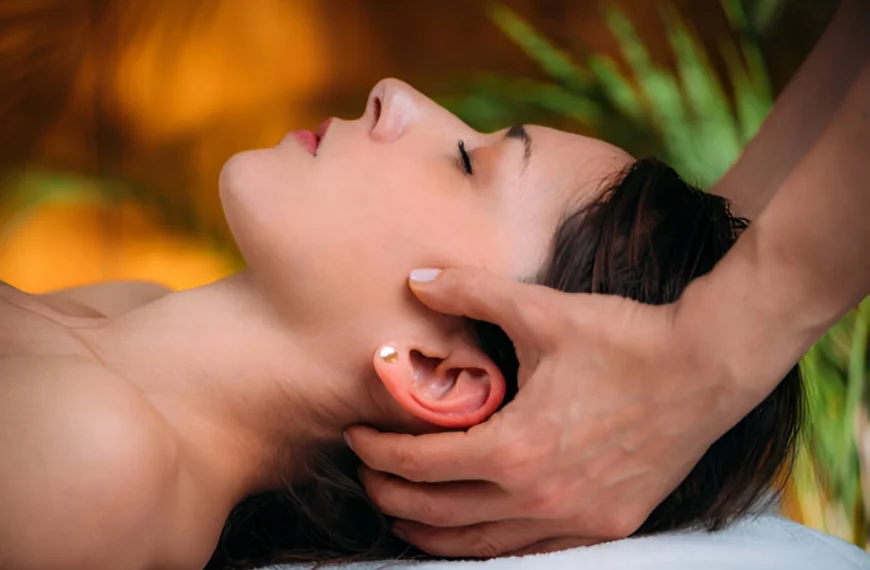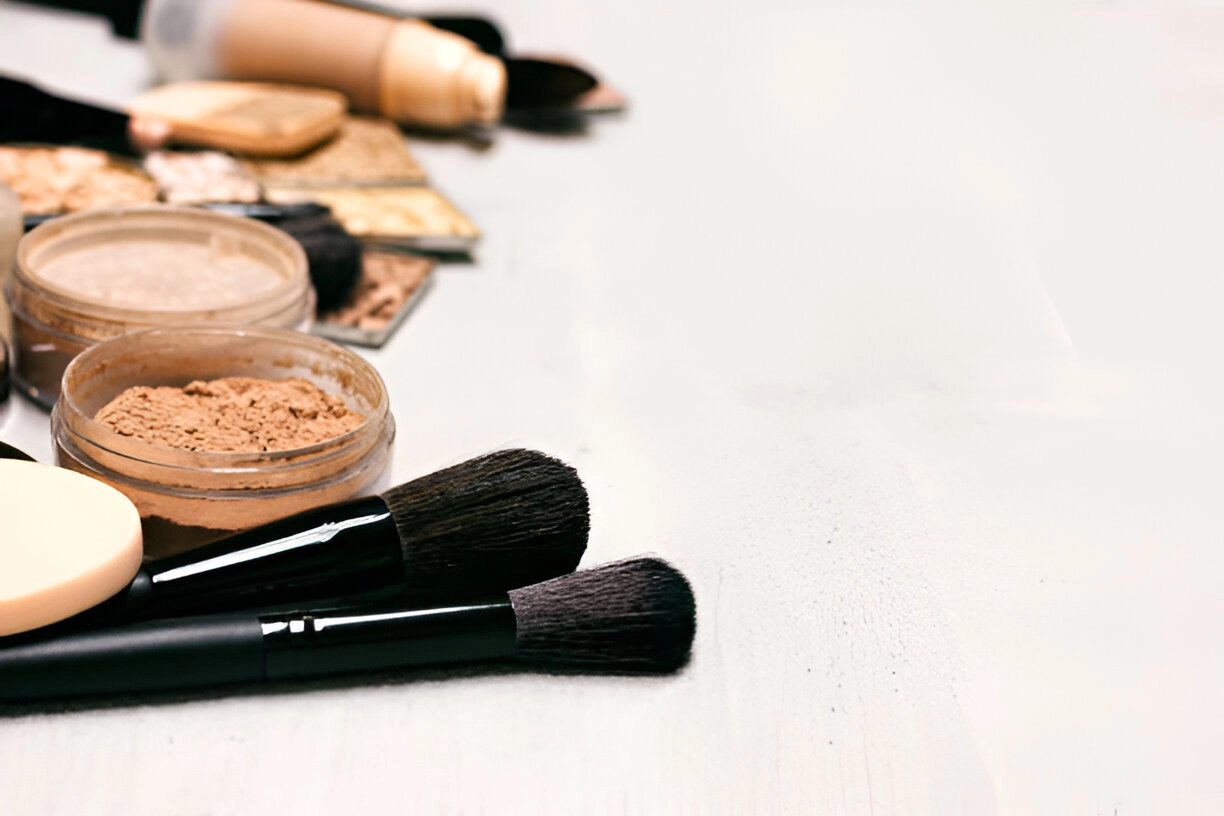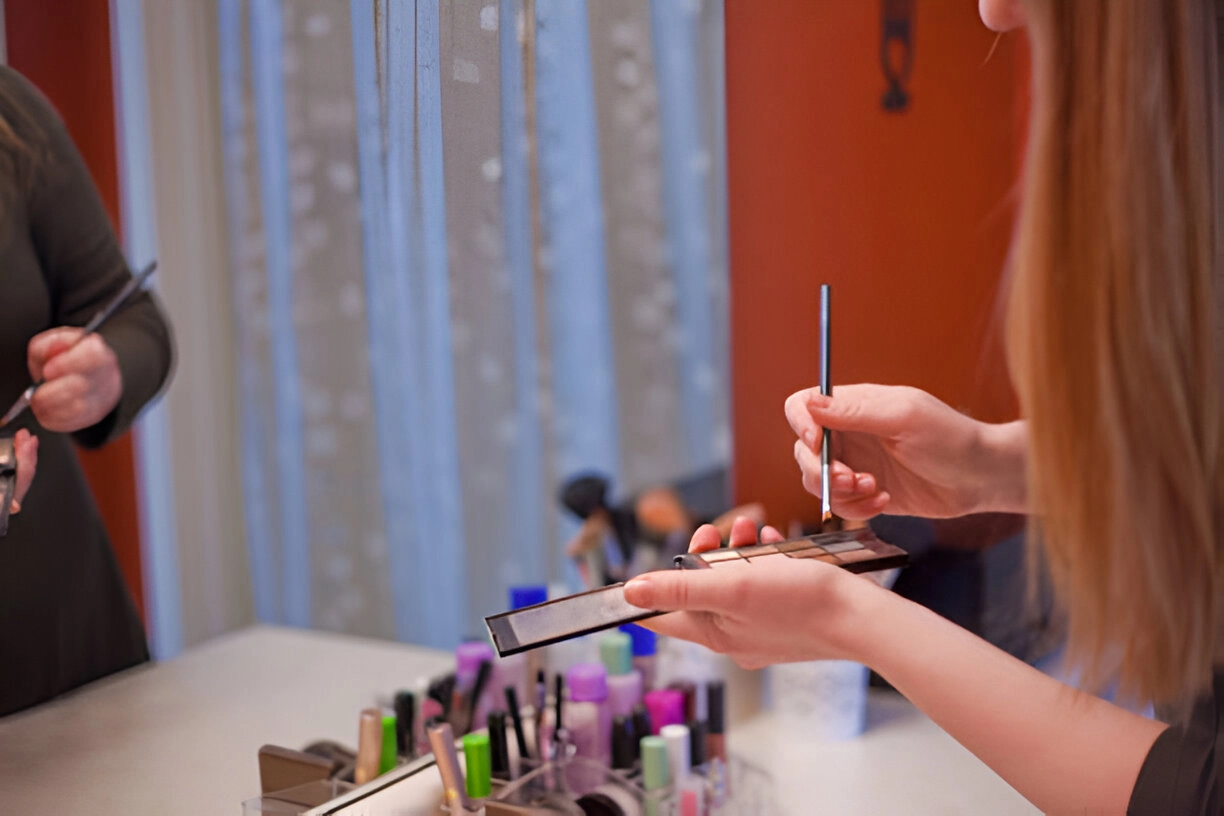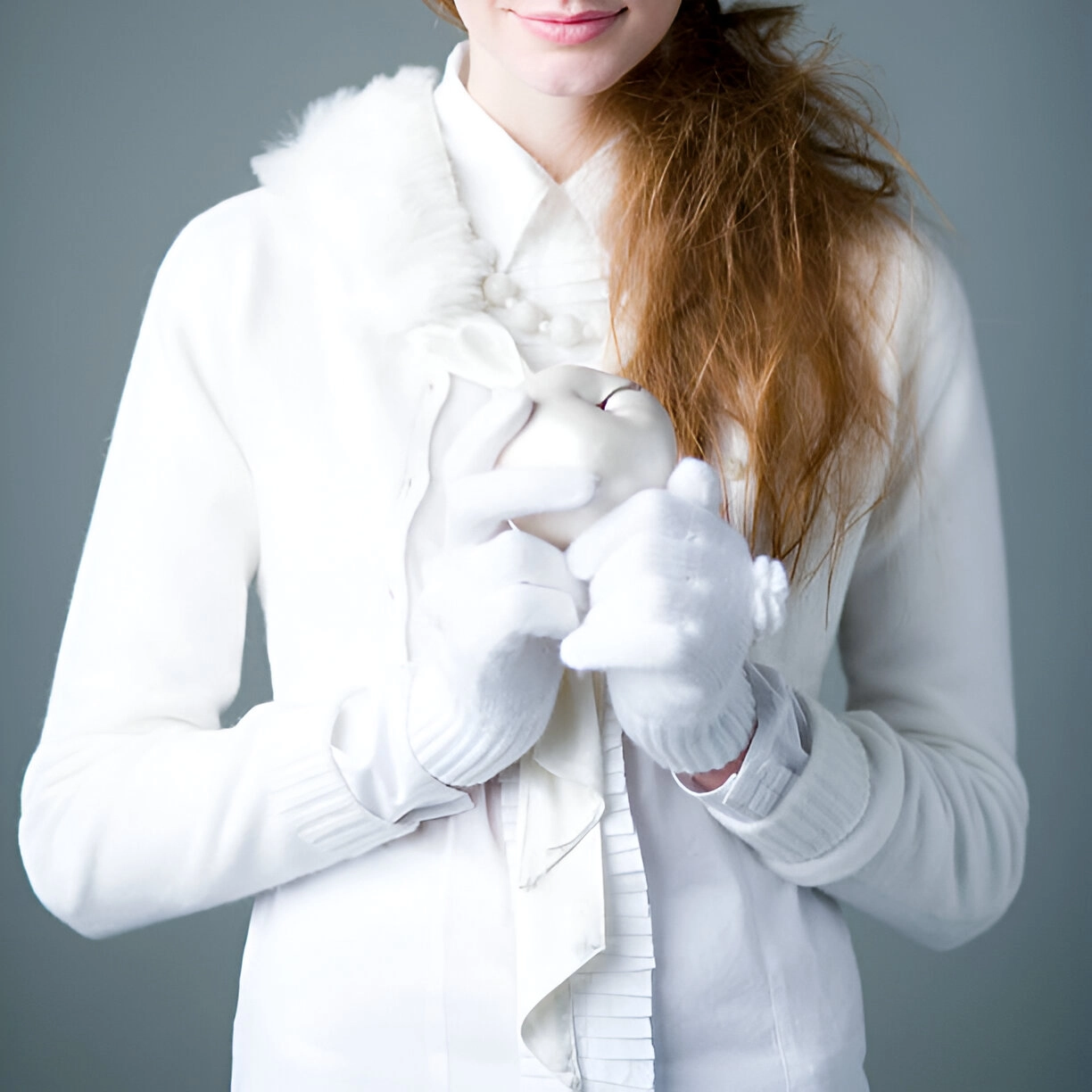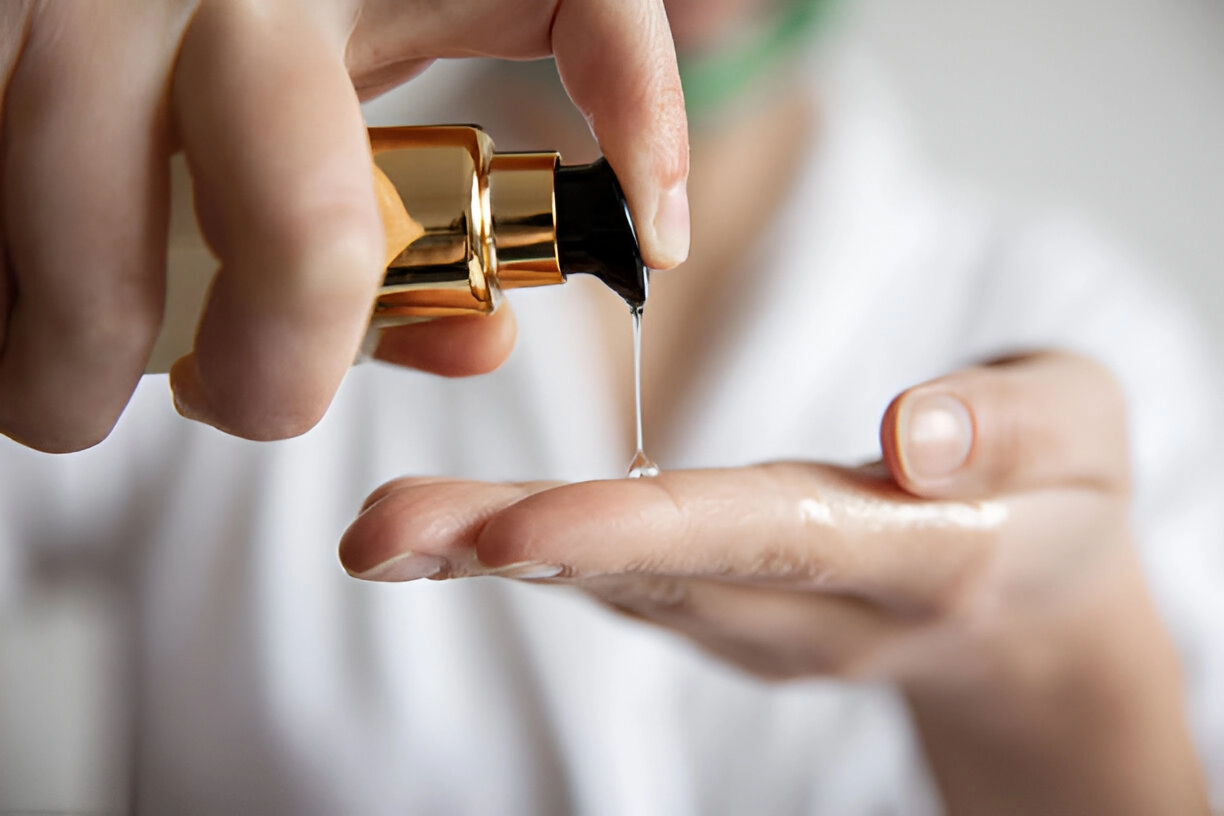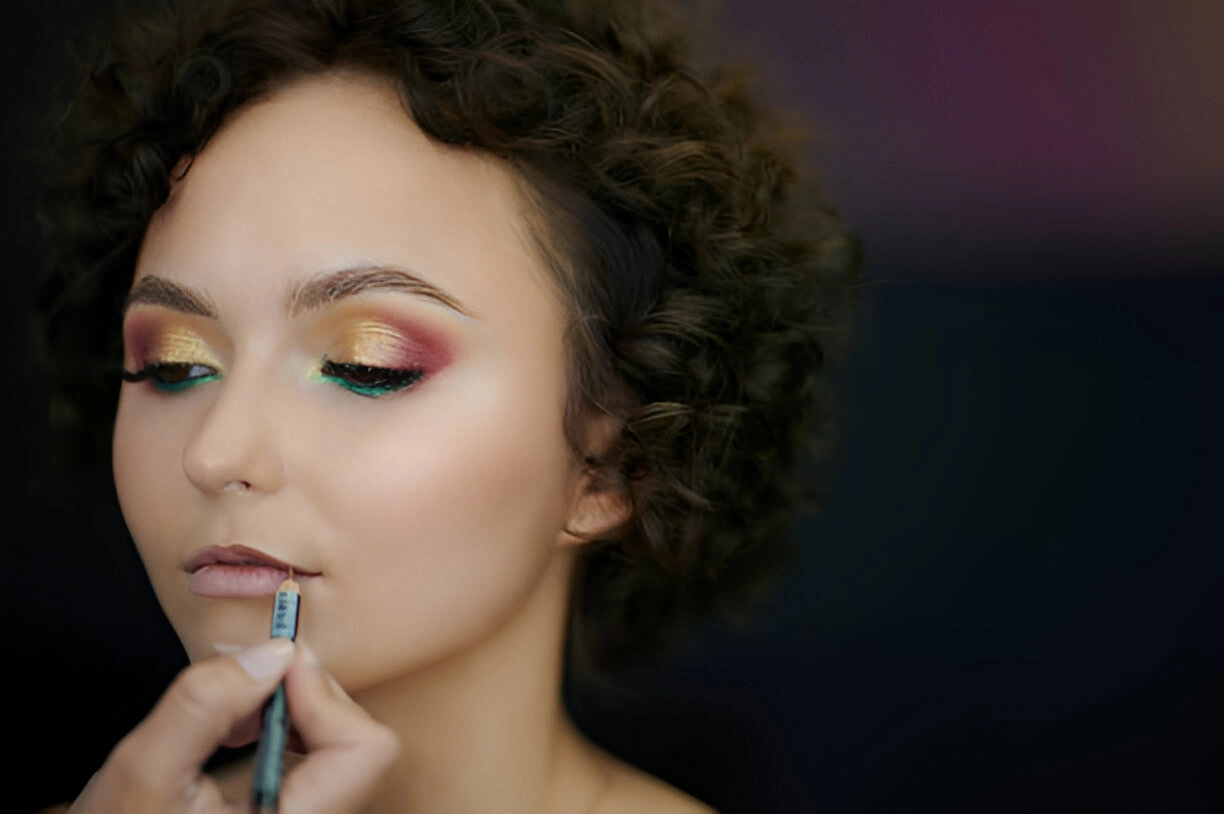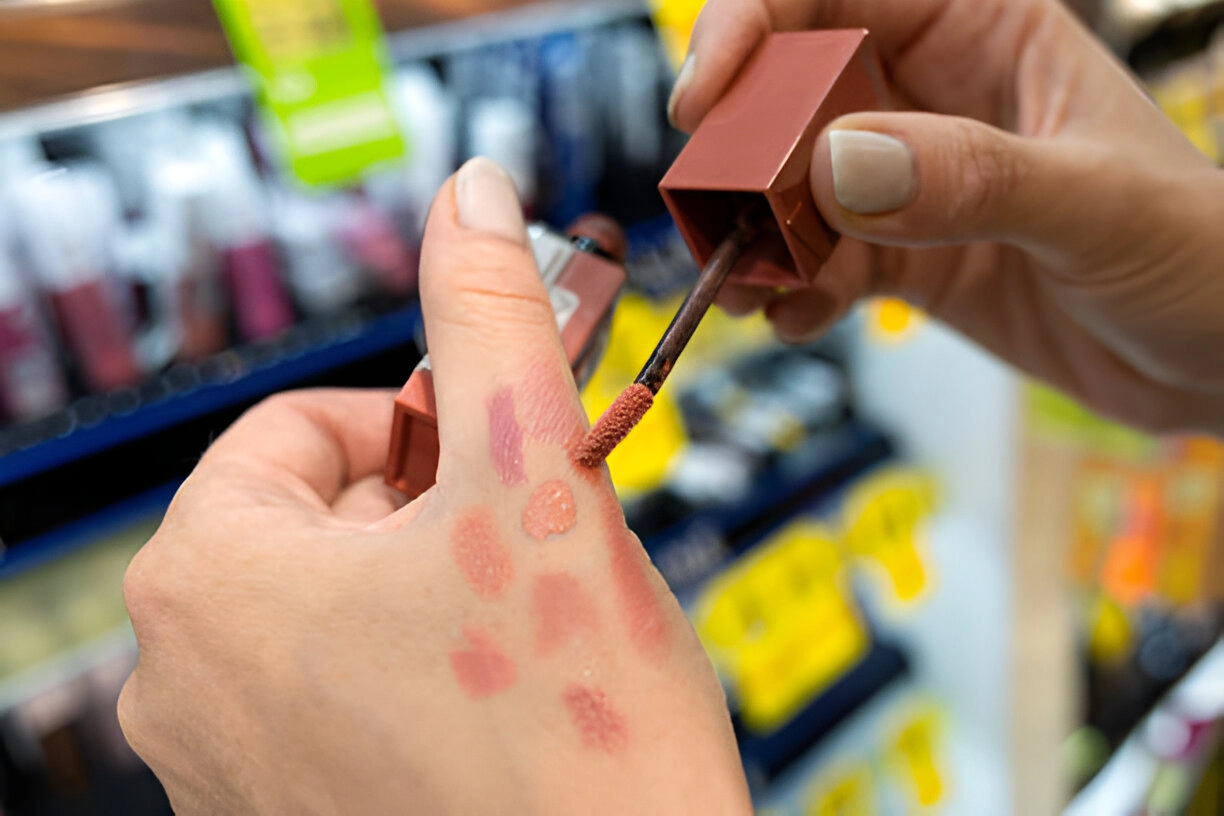Massage has been a trusted companion to humanity through the ages, offering more than just physical relief. Across cultures and centuries, this ancient art has been a balm not only for weary muscles but also for troubled minds.
But how did massage transition from ancient rituals to a cornerstone of modern mental health care? Let’s unravel its fascinating journey.
Ancient Practices and Beliefs
Egyptian Civilization
The Egyptians were early adopters of massage, intertwining it with their beliefs in balance and harmony. Priests often used oils and aromatic herbs during rituals, believing touch could restore the spirit’s equilibrium. Imagine a bustling market in ancient Cairo—amid the noise and chaos, a healer calms a noblewoman’s frazzled nerves with practiced strokes, blending skill with intuition.
Traditional Chinese Medicine (TCM)
In China, the concept of Qi, or life energy, shaped massage practices. Tui Na, a therapeutic technique, was developed to maintain this energy flow. People believed that blocked Qi could lead to not just physical ailments but emotional instability as well. A Tui Na practitioner’s goal was simple yet profound: restore balance, whether you were facing physical pain or a broken heart.
Ayurvedic Traditions in India
Ayurveda, India’s ancient wellness system, emphasized the interconnectedness of mind, body, and spirit. Abhyanga, a rhythmic oil massage, wasn’t just about relaxation—it was a daily ritual for mental clarity. Picture a serene morning in an Indian household, where warm oils and soothing touch help families start their day on a calm and centered note.
Massage in the Western World
Ancient Greece and Rome
Hippocrates, the “Father of Medicine,” was a staunch advocate for massage. Greek athletes swore by its benefits, not just for limbering up but also for easing the pre-game jitters. Meanwhile, Romans turned to baths and massage as a one-two punch against the stress of empire-building. Senators would debate all day and unwind in the bathhouses with a massage to soothe their anxieties—a lifestyle choice we can all envy.
Renaissance Revival
The Renaissance rekindled interest in human anatomy, and with it, massage experienced a renaissance of its own. European doctors began recommending it for emotional distress, emphasizing its ability to soothe both body and soul. During this time, massage techniques became more refined, paving the way for today’s therapeutic methods.
Evolution into Modern Therapy
19th Century Developments
The 19th century brought systematic approaches to massage. Swedish massage, developed by Pehr Henrik Ling, revolutionized the field. Ling’s techniques targeted both physical relaxation and mental rejuvenation. Doctors prescribed massage for “hysteria” and other mental conditions, a testament to its growing recognition as a legitimate therapy.
20th Century Advancements
By the 20th century, massage became a staple in mental health care. Psychologists and physicians began studying its effects on anxiety and depression. These studies laid the groundwork for integrating massage into clinical settings. While trends in mental health treatments came and went, massage remained a constant—a testament to its timeless appeal.
Scientific Insights into Massage and Mental Health
Physiological Mechanisms
Let’s break this down: when stress strikes, your body releases cortisol, a stress hormone. Massage helps dial down cortisol levels, effectively flipping the “off” switch on stress. At the same time, it boosts feel-good chemicals like serotonin and dopamine, creating a cocktail of calm and happiness.
Psychological Benefits
Anxiety disorders, depression, insomnia—massage tackles them all. Imagine walking into a massage session burdened by life’s worries and walking out with a mind as light as a feather. Many studies confirm that regular sessions improve sleep quality and reduce symptoms of mental health conditions. It’s like a reset button for your brain.
Contemporary Applications and Techniques
Integrative Approaches
Today, mental health professionals often combine massage with traditional therapies. This isn’t just a luxury—it’s an evidence-based strategy. For instance, veterans dealing with PTSD might find solace in a therapist’s office that incorporates calming touch alongside cognitive therapy. The combination works wonders, offering relief where words alone might fall short.
Specialized Modalities
Modern massage has diversified into niche techniques tailored for specific needs. Biodynamic massage, for example, focuses on releasing stored emotions. Then there’s Reiki, which, while less traditional, taps into energy fields to promote inner peace. These aren’t mere fads—they’re lifelines for many people.
| Massage Modality | Focus | Mental Health Benefit |
|---|---|---|
| Tui Na | Energy flow (Qi) | Balances emotions |
| Abhyanga | Dosha alignment | Enhances mental clarity |
| Swedish Massage | Relaxation | Reduces anxiety and stress |
| Biodynamic Massage | Emotional release | Addresses trauma-related conditions |
| Reiki | Energy balancing | Promotes inner calm |
Conclusion
Massage therapy’s journey through history is nothing short of extraordinary. From ancient temples to modern clinics, it has stood the test of time as a trusted ally for mental health. It isn’t just a treatment; it’s a testament to the enduring power of touch. As we continue to explore its benefits, one thing is clear: massage is more than a luxury—it’s a bridge to better mental well-being.
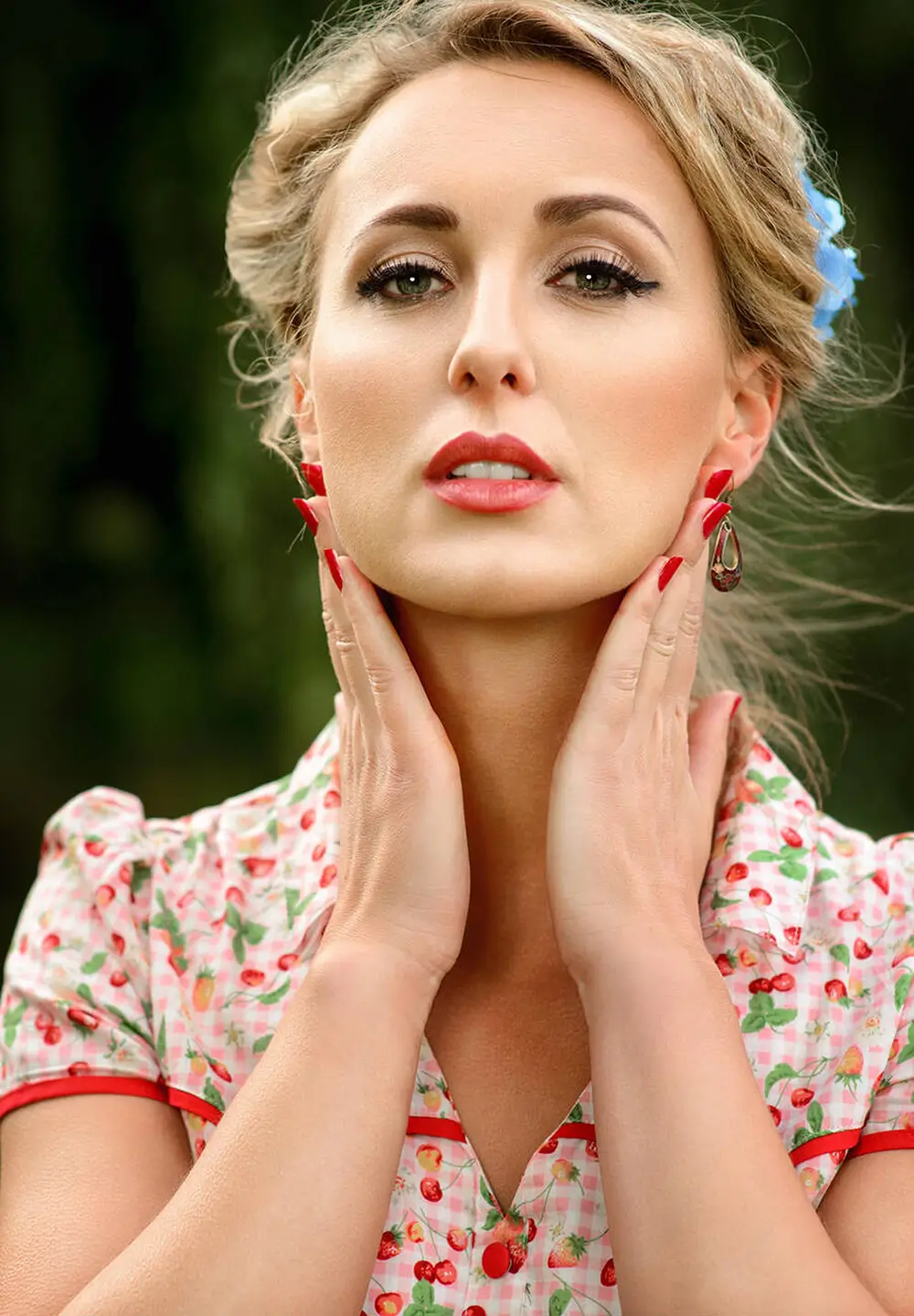
Marsha Cummings is the founder of Tranquil Glam, a platform dedicated to beauty, wellness, and self-care. With a passion for skincare and massage therapy, Marsha shares expert tips, product reviews, and insights to help readers feel confident and balanced.
Through Tranquil Glam, Marsha inspires others to embrace their natural beauty and discover the power of self-care in everyday life.
